Home>Articles>How Long To Cook Soups In Electric Pressure Cooker
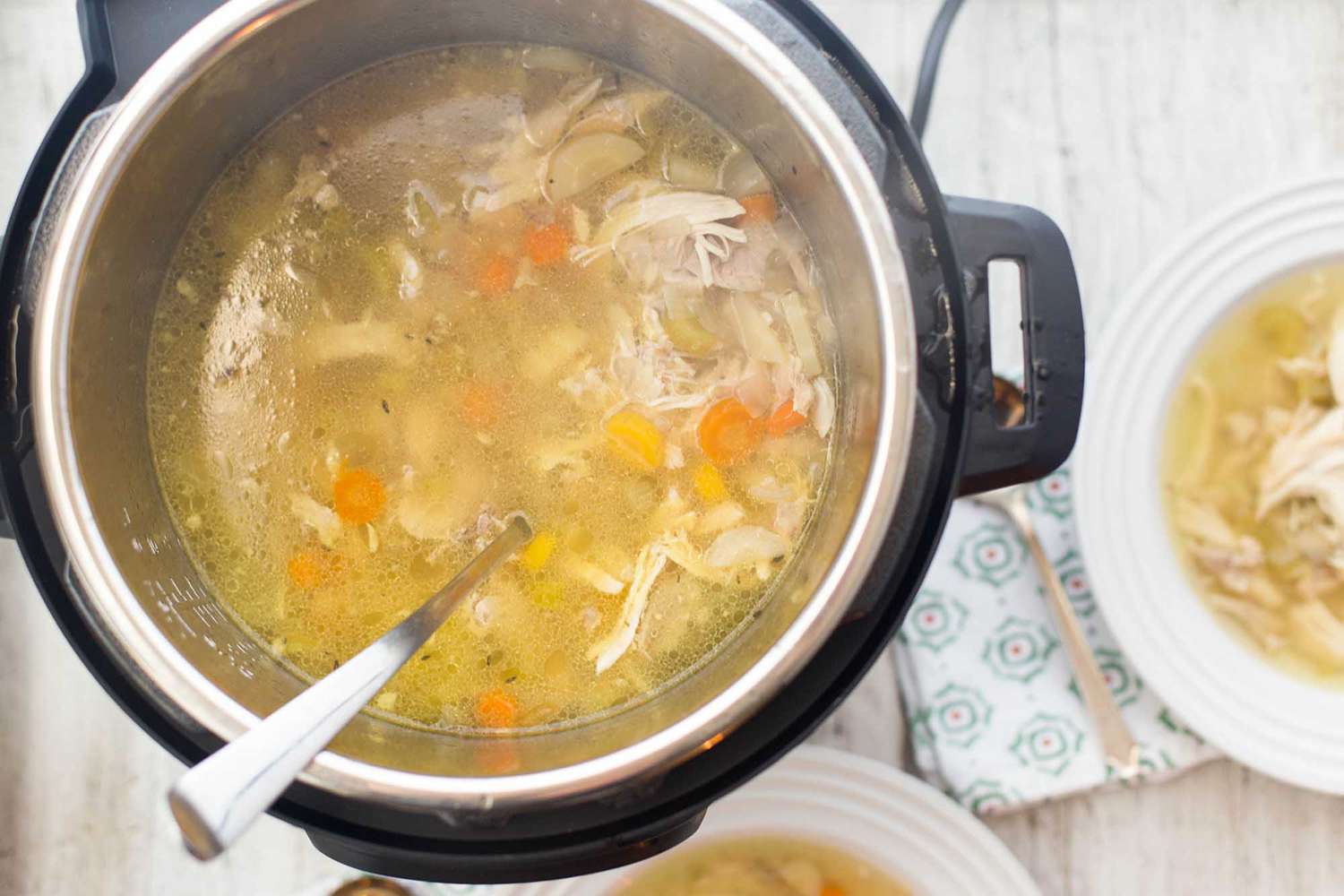

Articles
How Long To Cook Soups In Electric Pressure Cooker
Modified: October 19, 2024
Looking for articles on how long to cook soups in an electric pressure cooker? Find all the information you need to make delicious soups quickly and easily.
(Many of the links in this article redirect to a specific reviewed product. Your purchase of these products through affiliate links helps to generate commission for Storables.com, at no extra cost. Learn more)
Introduction
Welcome to the world of electric pressure cooking, where delicious and nutritious soups are just a button away! Electric pressure cookers have become increasingly popular in recent years, thanks to their convenience and the ability to prepare meals quickly. If you’re new to using an electric pressure cooker, you might be wondering how long it takes to cook soups in this versatile appliance. In this article, we’ll explore the basics of using an electric pressure cooker for cooking soups and discover the factors that determine cooking time.
Using an electric pressure cooker for soups offers several advantages. Not only does it save time by significantly reducing cooking time compared to traditional stovetop methods, but it also helps to retain the nutrients in the ingredients, resulting in flavorful and healthy soups. Electric pressure cookers work by creating a sealed, pressurized environment that allows heat to penetrate the food quickly and evenly. This rapid cooking process not only saves time but also infuses the soup with intense flavors.
The cooking time for soups in an electric pressure cooker can vary depending on several factors. The type and size of ingredients, the desired texture of the soup, and the specific recipe you are using are some of the key factors that determine the cooking time. Vegetarian soups, which typically consist of vegetables and legumes, tend to have shorter cooking times compared to meat-based soups, which require longer cooking to tenderize the meat.
It’s important to note that electric pressure cookers have different cooking modes and settings, such as “soup/stew” or “manual/pressure cook.” These settings allow you to adjust the cooking time and pressure level according to the specific requirements of your recipe. While some soups may require a quick release of pressure after cooking, others may benefit from a natural release, where the pressure gradually decreases on its own.
In the next sections, we will explore suggested cooking times for vegetarian and meat-based soup recipes. These times can serve as a guideline, but it’s essential to adjust them based on your specific ingredients and preferences. Additionally, we’ll discuss safety tips and precautions to ensure a hassle-free and enjoyable cooking experience when preparing soups in an electric pressure cooker.
So, get ready to enjoy hearty and flavorful soups in a fraction of the time with your electric pressure cooker. Let’s dive in and discover the secrets of perfectly cooked soups!
Key Takeaways:
- Enjoy the convenience and speed of electric pressure cookers for perfectly cooked soups, whether vegetarian or meat-based, with minimal effort and maximum flavor infusion.
- Prioritize safety, adjust cooking times based on ingredients, and experiment with flavors to personalize your electric pressure cooker soup recipes for a delightful and nourishing culinary experience.
Read more: How To Can Soup In Electric Pressure Cooker
Basics of using an electric pressure cooker for cooking soups
Before we dive into the specifics of cooking soups in an electric pressure cooker, it’s important to understand the basic operation and features of this versatile kitchen appliance. Electric pressure cookers come with a variety of functions and settings, all designed to make your cooking experience efficient and enjoyable.
First and foremost, familiarize yourself with the control panel of your electric pressure cooker. Most models have buttons for functions like “Soup/Stew,” “Manual/Pressure Cook,” “Saute,” and “Keep Warm.” These buttons allow you to select the appropriate cooking mode for your soup recipe. The “Soup/Stew” function is specifically designed for cooking soups and will ensure the optimal cooking conditions for your dish.
Next, familiarize yourself with the pressure settings of your electric pressure cooker. Most models offer two pressure options: high pressure and low pressure. High pressure is suitable for most soup recipes, as it cooks the ingredients quickly and helps to infuse the flavors. Low pressure is best for delicate ingredients or when you want a gentler cooking process.
Prior to adding the ingredients, make sure the inner pot of the pressure cooker is clean and dry. This will prevent any unwanted flavors or smells from affecting your soup. When adding the ingredients, remember not to exceed the maximum capacity line indicated on the inner pot. Overfilling the pressure cooker can lead to inconsistent cooking and may result in a messy overflow.
Once your ingredients are in the pot, it’s time to add the liquid. Most soup recipes require a combination of broth, stock, or water. The liquid is crucial as it creates the steam necessary for the pressure cooking process. It’s important to ensure that there is enough liquid to cover the ingredients but not exceed the maximum capacity recommended by the manufacturer.
After adding the liquid, secure the lid of the pressure cooker tightly. Electric pressure cookers usually have a locking mechanism that ensures a proper seal. This seal is essential for maintaining the pressure and cooking the soup efficiently. Some electric pressure cookers also have a pressure release valve that can be set to either a sealed or venting position. For cooking soups, the valve should be set to the sealed position.
Once all the preparations are complete, select the appropriate cooking time and pressure level based on your recipe. The cooking time may vary depending on the size and type of ingredients used. For example, root vegetables like carrots and potatoes may require a longer cooking time compared to leafy greens or diced vegetables.
When the cooking time is complete, the electric pressure cooker will enter a natural release or keep warm mode, depending on the model. Natural release means that the pressure will decrease on its own over time, while keep warm mode maintains the cooked soup at a safe temperature until you are ready to serve it. Some soup recipes may require a quick release of pressure, which can be accomplished by manually moving the pressure release valve to the venting position, following the manufacturer’s instructions.
Before opening the lid, it’s crucial to ensure that the pressure has been fully released. Most electric pressure cookers have a safety mechanism that prevents the lid from being opened when there is still pressure inside. Once the pressure has been released, carefully open the lid, avoiding any steam that may escape.
With the basics of using an electric pressure cooker for cooking soups covered, we can now move on to the specific factors that determine the cooking time for different types of soups. In the next sections, we will explore the suggested cooking times for vegetarian and meat-based soup recipes, helping you achieve perfectly cooked and flavorsome soups every time.
Factors to consider when determining cooking time
When using an electric pressure cooker to cook soups, there are several factors to consider when determining the cooking time. These factors will help you achieve the desired texture and flavor of your soup, ensuring that all the ingredients are cooked to perfection.
1. Type of ingredients: The type of ingredients used in your soup recipe plays a significant role in determining the cooking time. Vegetables, such as carrots and potatoes, tend to take longer to cook compared to leafy greens or diced vegetables. Beans and legumes also require a longer cooking time to soften and become tender. On the other hand, meat such as chicken or beef, will require a longer cooking time to reach the desired level of tenderness and flavor.
2. Size of ingredients: The size of the ingredients can affect the cooking time as well. Chopped or diced vegetables will generally cook faster than larger chunks. If you prefer your soup to have a chunky texture, you may want to cut your vegetables into larger pieces. However, keep in mind that larger pieces may require a longer cooking time to ensure they are fully cooked through.
3. Desired texture: The desired texture of your soup also influences the cooking time. If you prefer a soup with a smooth and creamy consistency, you may need to cook it for a longer period of time to allow the ingredients to break down and blend together. Alternatively, if you prefer a soup with more distinct and firmer ingredients, you can reduce the cooking time slightly to retain some texture.
4. Altitude: Altitude can affect the cooking time in an electric pressure cooker. At higher altitudes, the boiling point of water is lower, which can increase the cooking time. If you’re cooking at a high altitude, you may need to adjust the cooking time accordingly. Consult the manufacturer’s guidelines or an altitude cooking chart for specific recommendations.
5. Recipe variations: Different soup recipes may have variations in cooking time based on the specific ingredients or techniques used. For example, a soup that includes pre-soaked beans will require a shorter cooking time compared to using dried beans that haven’t been soaked. It’s important to follow the recipe instructions and adjust the cooking time accordingly.
It’s important to note that the suggested cooking times provided later in this article are meant to serve as general guidelines. It’s always best to refer to your specific recipe and adjust the cooking time based on the factors mentioned above. Additionally, the performance and settings of your electric pressure cooker can also impact the cooking time, so it’s recommended to familiarize yourself with the user manual provided by the manufacturer.
Now that we’ve discussed the factors to consider when determining the cooking time, let’s move on to explore suggested cooking times for popular vegetarian and meat-based soup recipes in the next sections.
Vegetarian soup recipes and their suggested cooking times
Vegetarian soups are a fantastic option for those looking for delicious and nutritious plant-based meals. They are packed with vegetables, legumes, grains, and spices, providing a variety of flavors and textures. When it comes to cooking vegetarian soups in an electric pressure cooker, here are some suggested cooking times for popular recipes:
1. Lentil Soup: Lentils are a nutritious and protein-packed ingredient that cooks relatively quickly. To make a hearty lentil soup, start by combining lentils, diced vegetables like carrots and onions, vegetable broth, and spices in your pressure cooker. Cook on high pressure for around 12-15 minutes, followed by a natural release of pressure for about 10 minutes. This will result in tender lentils and well-cooked vegetables.
2. Minestrone Soup: Minestrone soup is a classic Italian soup that is loaded with vegetables, beans, and pasta. For this soup, you can sauté onions and garlic in the pressure cooker, then add diced vegetables, vegetable broth, beans, pasta, and herbs. Cook on high pressure for approximately 8-10 minutes, followed by a quick release of pressure. This will ensure that the vegetables are cooked but still retain their texture.
3. Tomato Soup: A comforting bowl of tomato soup is a favorite for many. To make tomato soup in an electric pressure cooker, combine diced tomatoes, onions, garlic, vegetable broth, and spices. Cook on high pressure for about 8-10 minutes, followed by a quick release of pressure. You can then blend the cooked ingredients to achieve a smooth and creamy consistency.
4. Butternut Squash Soup: Butternut squash soup is a creamy and flavorful soup that is perfect for fall and winter. To make this soup, combine cubed butternut squash, onions, garlic, vegetable broth, and spices in the pressure cooker. Cook on high pressure for around 10-12 minutes, followed by a natural release of pressure. The butternut squash will become tender and blend easily into a smooth soup.
5. Vegetable Noodle Soup: This soup is a comforting and wholesome option that utilizes a variety of vegetables and noodles. Combine diced vegetables, such as carrots, celery, and onions, along with vegetable broth, spices, and noodles in the pressure cooker. Cook on high pressure for approximately 4-5 minutes, followed by a quick release of pressure. This will ensure that the vegetables are cooked but still retain their crunch, while the noodles are perfectly cooked.
Remember, these cooking times are approximate and can vary based on the specific ingredients and your desired texture. It’s always a good idea to refer to your recipe and adjust the cooking time accordingly. Enjoy the delicious flavors and benefits of vegetarian soups made effortlessly in your electric pressure cooker.
For most soups, cook on high pressure for 15-20 minutes, then use natural release for 10 minutes before quick releasing any remaining pressure.
Meat-based soup recipes and their suggested cooking times
Meat-based soups are hearty and flavorful, making them a popular choice among soup lovers. Cooking meat-based soups in an electric pressure cooker allows you to achieve tender and succulent meat in a fraction of the time. Here are some suggested cooking times for popular meat-based soup recipes:
1. Chicken Noodle Soup: Begin by sautéing onions and garlic in the pressure cooker, then add chicken pieces, vegetables like carrots and celery, chicken broth, and seasonings. Cook on high pressure for approximately 8-10 minutes, followed by a natural release of pressure. This will result in tender and juicy chicken and perfectly cooked vegetables.
2. Beef Stew: Beef stew is a comforting and filling soup that pairs tender beef with vegetables. To make beef stew, sear the beef pieces in the pressure cooker, then add diced vegetables, beef broth, herbs, and spices. Cook on high pressure for about 20-25 minutes, followed by a natural release of pressure. This extended cooking time will ensure that the beef becomes melt-in-your-mouth tender.
3. Italian Wedding Soup: This soup features meatballs, vegetables, and pasta in a savory broth. Start by making the meatballs with a mixture of ground meat, breadcrumbs, grated cheese, and herbs. Add the meatballs, vegetables, broth, and pasta to the pressure cooker. Cook on high pressure for around 8-10 minutes, followed by a quick release of pressure. This will ensure that the meatballs are fully cooked and the pasta is al dente.
4. Pork and Bean Soup: Pork and beans make a hearty combination in this comforting soup. Combine cubed pork, beans, diced vegetables, broth, and spices in the pressure cooker. Cook on high pressure for approximately 15-20 minutes, followed by a natural release of pressure. This cooking time will allow the pork to become tender and infuse the flavors into the soup.
5. Lamb Stew: Lamb stew is a rich and flavorful soup that is perfect for colder months. Sauté onions and garlic in the pressure cooker, then add lamb cubes, vegetables, broth, and seasonings. Cook on high pressure for around 25-30 minutes, followed by a natural release of pressure. The longer cooking time will ensure that the lamb becomes tender and develops its full flavor.
Remember, these cooking times serve as general guidelines and can vary based on the cut of meat and your desired texture. It’s important to adjust the cooking time based on your recipe and personal preferences. With the power of an electric pressure cooker, you can enjoy delicious and satisfying meat-based soups without the long hours of traditional stovetop cooking.
Safety tips and precautions for cooking soups in an electric pressure cooker
Cooking soups in an electric pressure cooker is generally safe and convenient, but it’s essential to follow certain safety tips and precautions to ensure a smooth and hassle-free cooking experience. Here are some important guidelines to keep in mind:
1. Read the user manual: Before using your electric pressure cooker, carefully read the user manual provided by the manufacturer. Familiarize yourself with the specific features, functions, and safety instructions relevant to your model. Understanding how to operate your pressure cooker correctly is crucial for safe cooking.
2. Use enough liquid: When cooking soups in an electric pressure cooker, it’s important to ensure that you have enough liquid in the pot. The liquid creates the steam necessary to build pressure and cook the ingredients. Insufficient liquid can result in a failed cooking process and may damage your pressure cooker.
3. Do not overfill: Avoid overfilling your electric pressure cooker to prevent potential accidents and ensure proper cooking. Most pressure cookers have a maximum capacity indicator line inside the pot that should not be exceeded. Overfilling can cause ingredients to block the pressure valve and may result in uneven and unsafe cooking.
4. Use caution when releasing pressure: When your soup has finished cooking, it’s essential to release the pressure safely. You have two options: natural release and quick release. For natural release, let the pressure come down on its own, which can take 10-15 minutes. For quick release, follow the manufacturer’s instructions to carefully move the pressure release valve to the venting position. Be cautious of the hot steam that will be released during this process and avoid placing your hands or face directly above the valve.
5. Avoid opening the lid prematurely: It’s crucial to wait until the pressure has fully released before opening the lid of the electric pressure cooker. Most pressure cookers have a safety lock mechanism that prevents the lid from being opened until the pressure has been fully released. Opening the lid too soon can cause hot steam to escape, potentially leading to burns or scalds.
6. Follow recipe guidelines: Pay close attention to the cooking times and instructions provided in your soup recipe. Different recipes may require different cooking times and pressure levels. Follow the specific guidelines in your recipe to ensure that your soup is cooked thoroughly and to the desired level of tenderness.
7. Clean and maintain your pressure cooker: Regularly clean your electric pressure cooker following the manufacturer’s instructions. Ensure that the sealing ring, pressure release valve, and other removable parts are clean and free from debris. Proper maintenance will ensure the longevity and safe operation of your pressure cooker.
By following these safety tips and precautions, you can confidently cook soups in your electric pressure cooker and enjoy delicious homemade meals without any worries. Always prioritize safety and refer to the user manual or manufacturer’s guidelines when in doubt.
Conclusion
In conclusion, cooking soups in an electric pressure cooker is an efficient and convenient way to prepare delicious and flavorsome meals. By understanding the basics of using an electric pressure cooker, considering the factors that influence cooking time, and following suggested cooking times for both vegetarian and meat-based soup recipes, you can achieve perfectly cooked soups with minimal effort. The speed and versatility of electric pressure cookers allow you to save time in the kitchen while still enjoying the rich flavors and nutritional benefits of homemade soups.
It is important to keep in mind that the cooking times provided are only general guidelines, and it’s crucial to adjust them based on your specific ingredients, desired texture, and preferences. Experimenting with different ingredients, seasonings, and cooking times will help you personalize your soup recipes and create dishes that suit your taste.
Additionally, always prioritize safety when using an electric pressure cooker. Ensure that you are familiar with the user manual provided by the manufacturer and follow the safety tips and precautions outlined in this article. Properly maintaining and cleaning your electric pressure cooker is also essential for its longevity and safe operation.
So, embrace the convenience and versatility of an electric pressure cooker and dive into the world of soups. Whether you’re cooking a comforting vegetable soup, a hearty meat-based stew, or exploring your creativity with diverse flavors, the electric pressure cooker will be your trusted companion in the kitchen.
Enjoy the ease and satisfaction of cooking delicious soups in your electric pressure cooker, and savor the comforting flavors that will surely warm your heart and nourish your soul.
Frequently Asked Questions about How Long To Cook Soups In Electric Pressure Cooker
Was this page helpful?
At Storables.com, we guarantee accurate and reliable information. Our content, validated by Expert Board Contributors, is crafted following stringent Editorial Policies. We're committed to providing you with well-researched, expert-backed insights for all your informational needs.
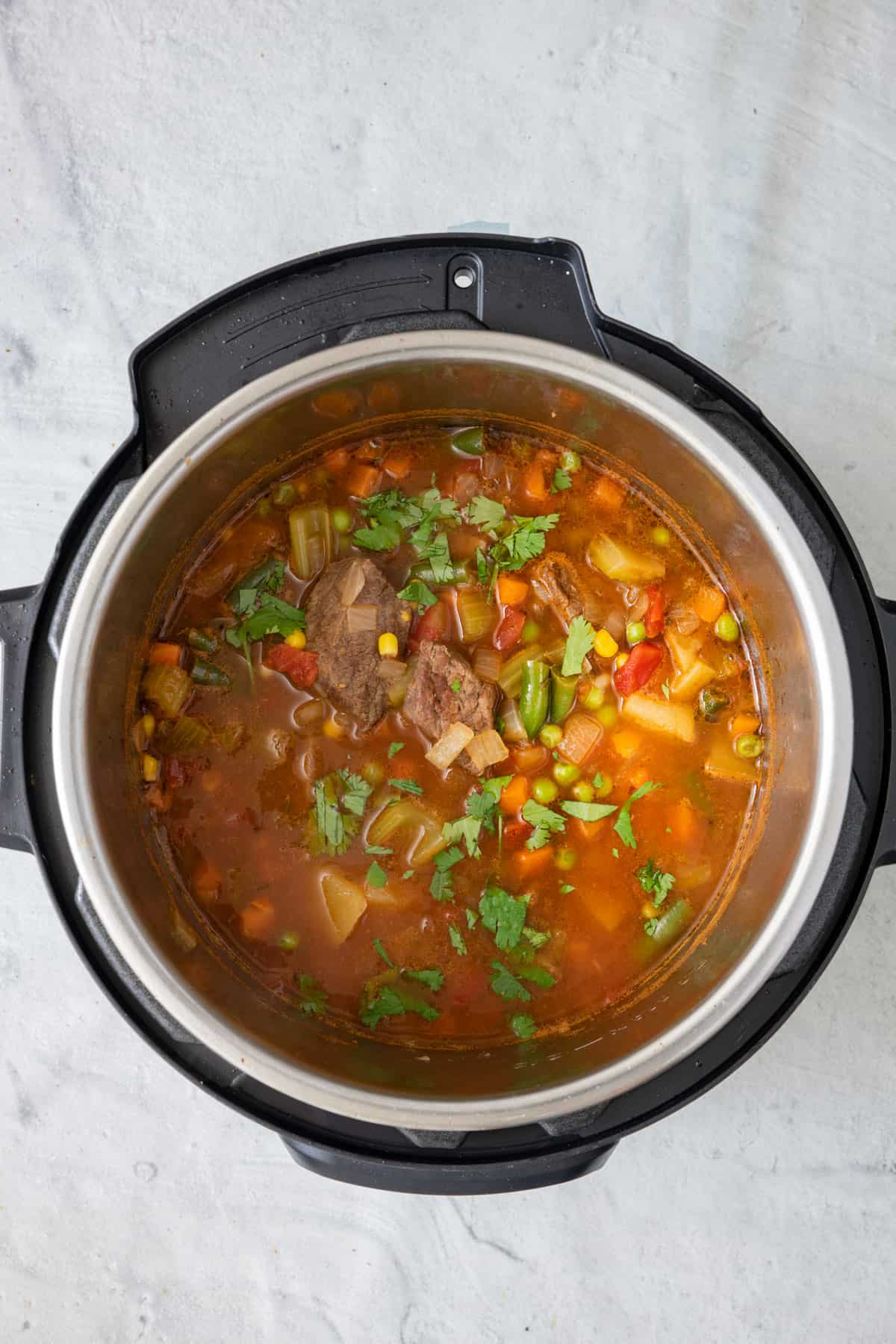
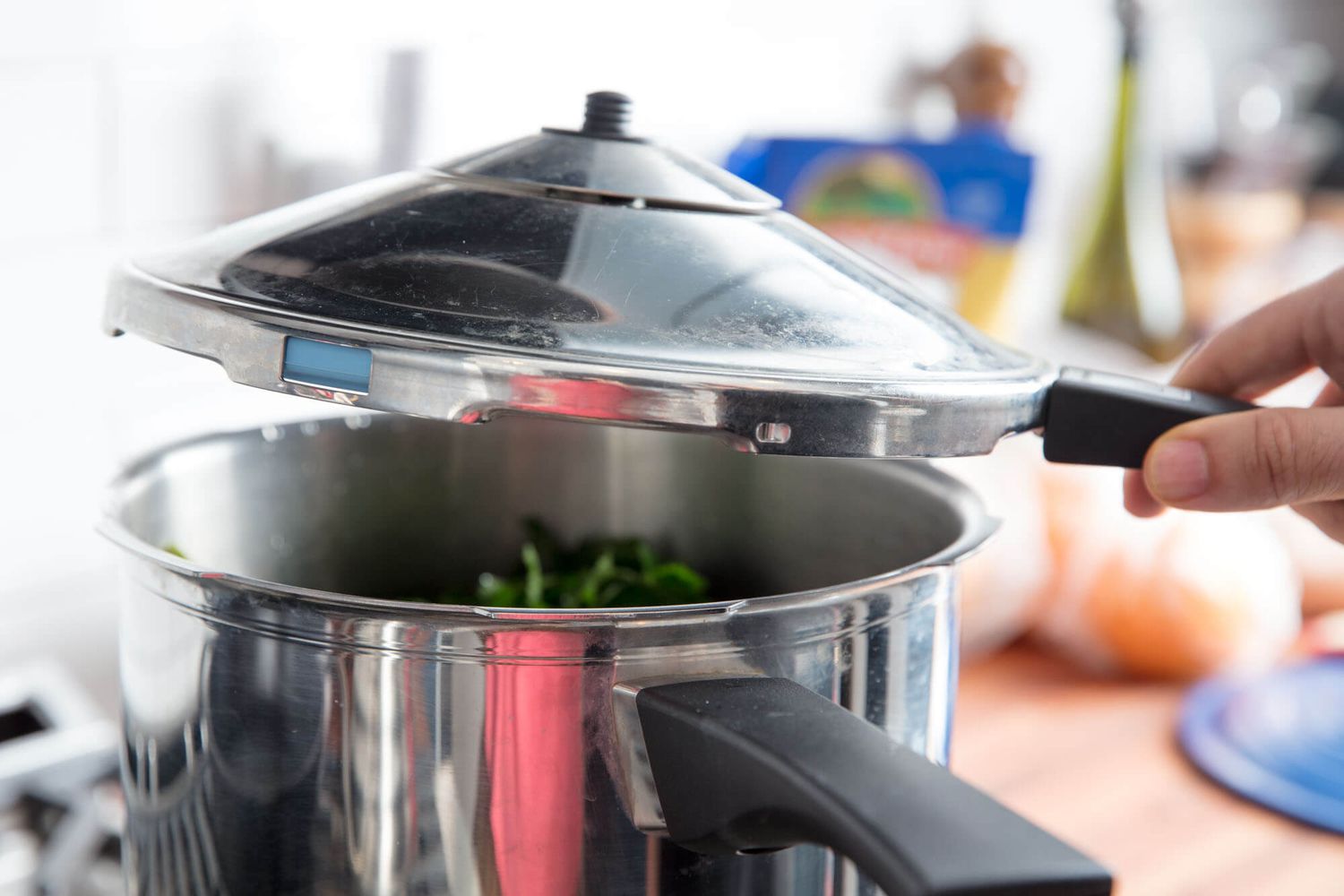
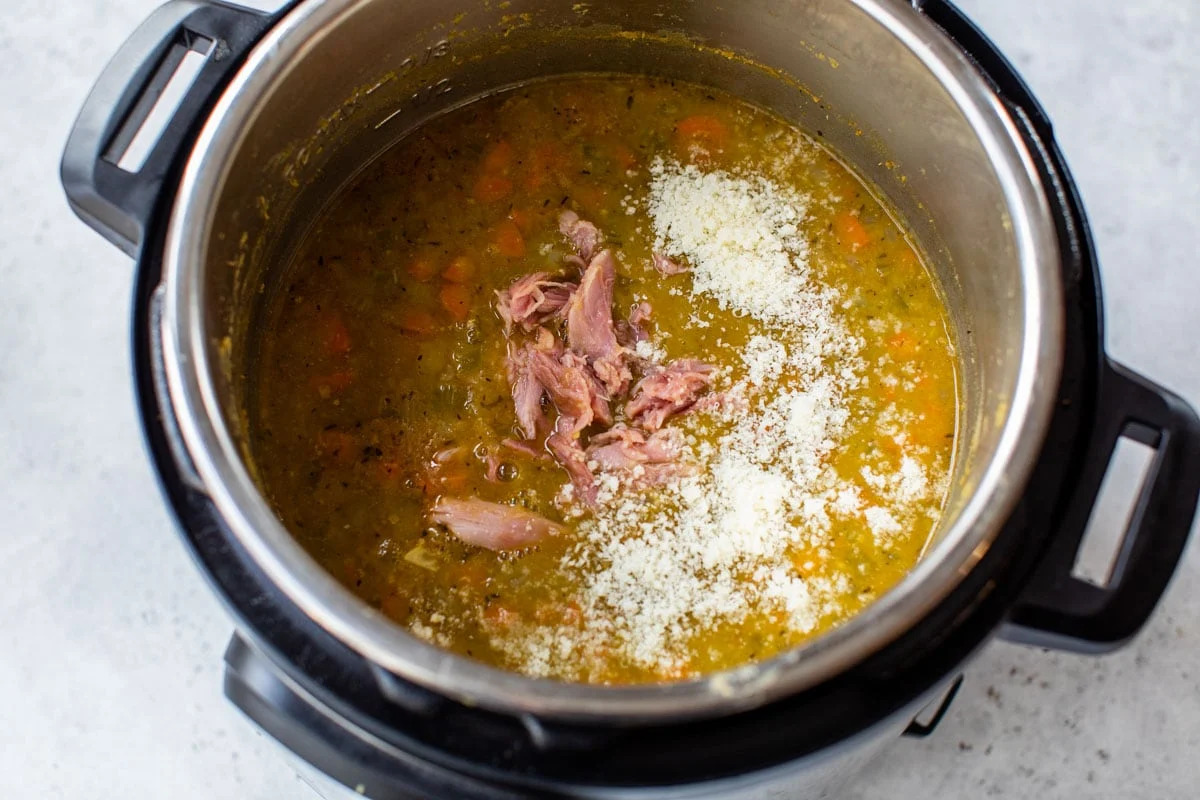
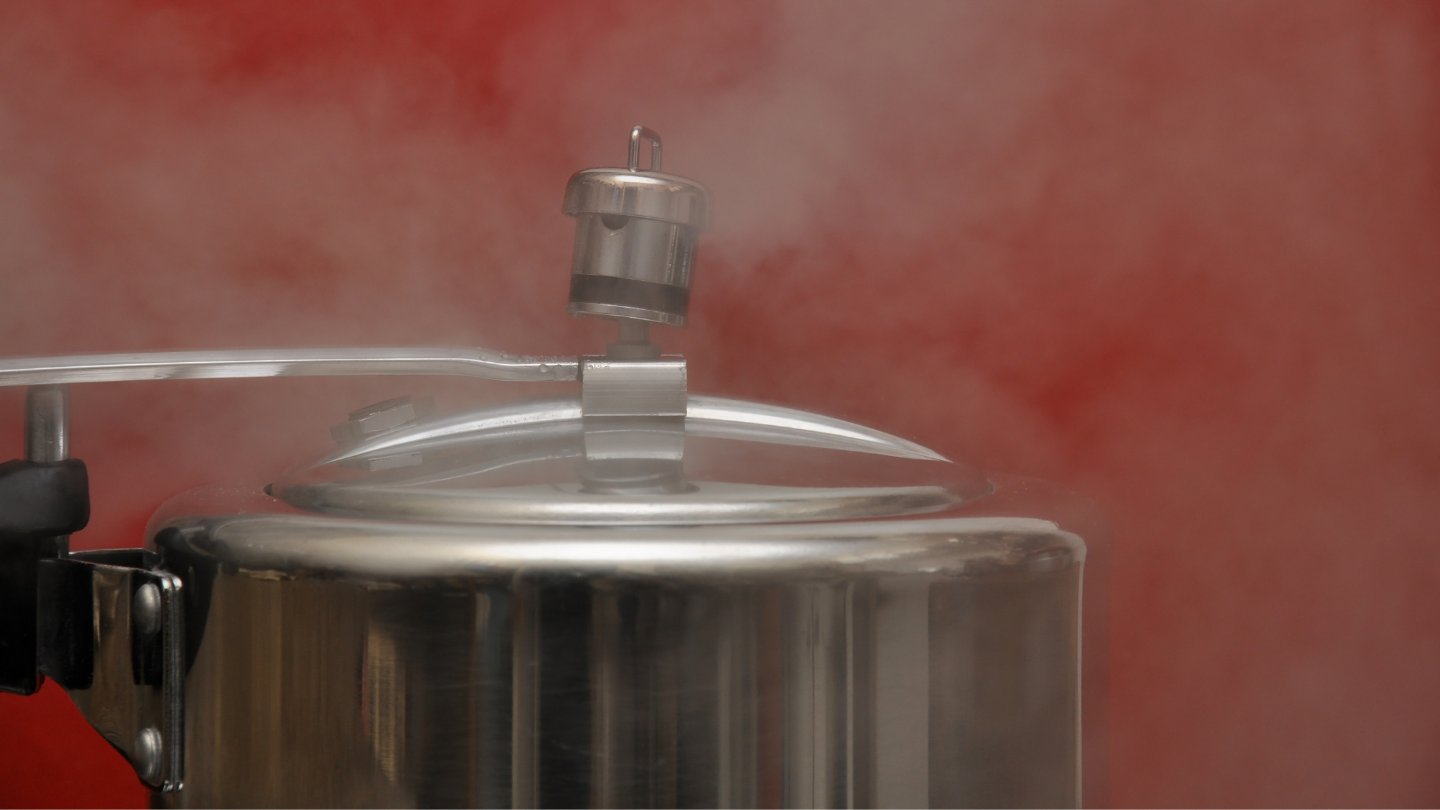
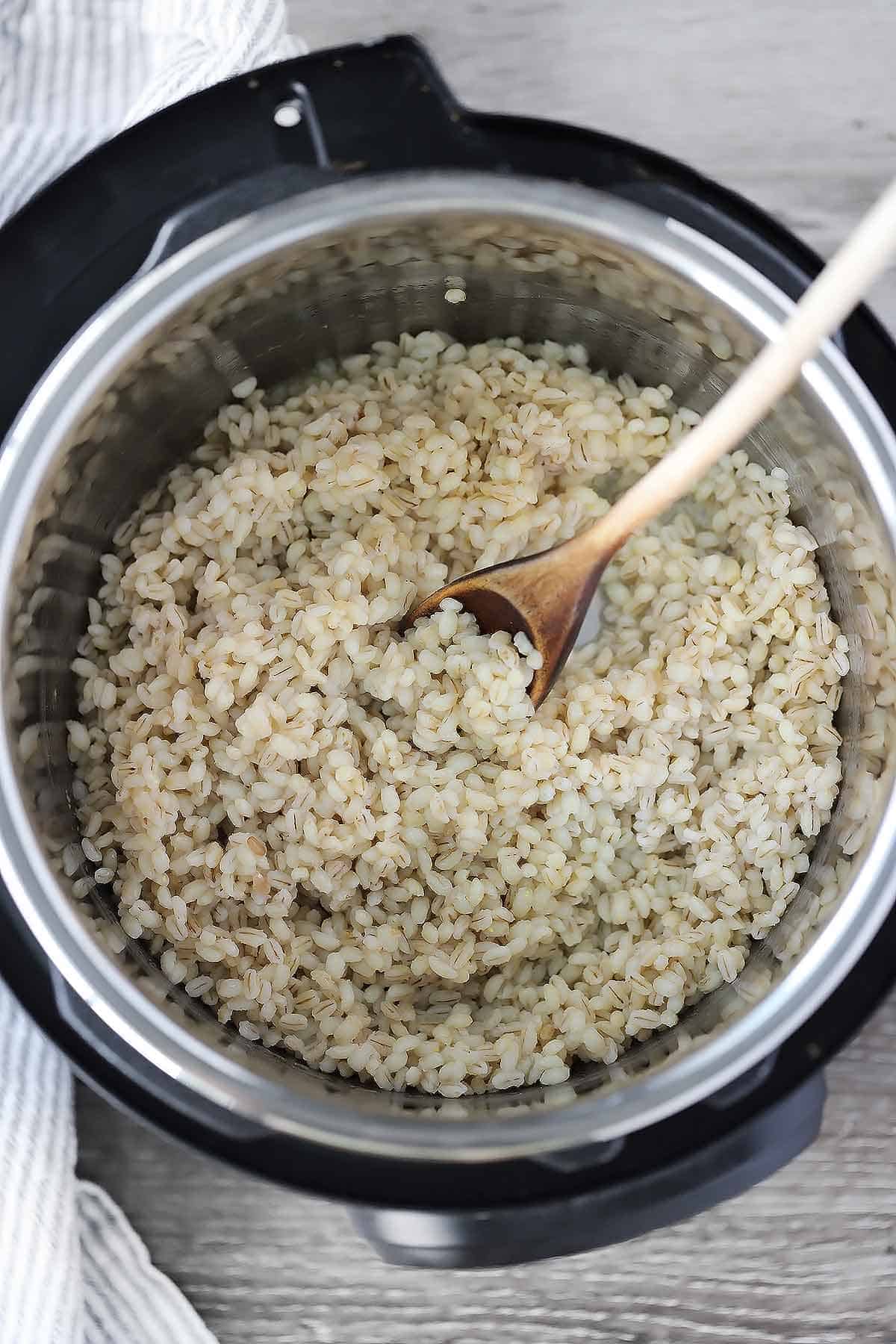
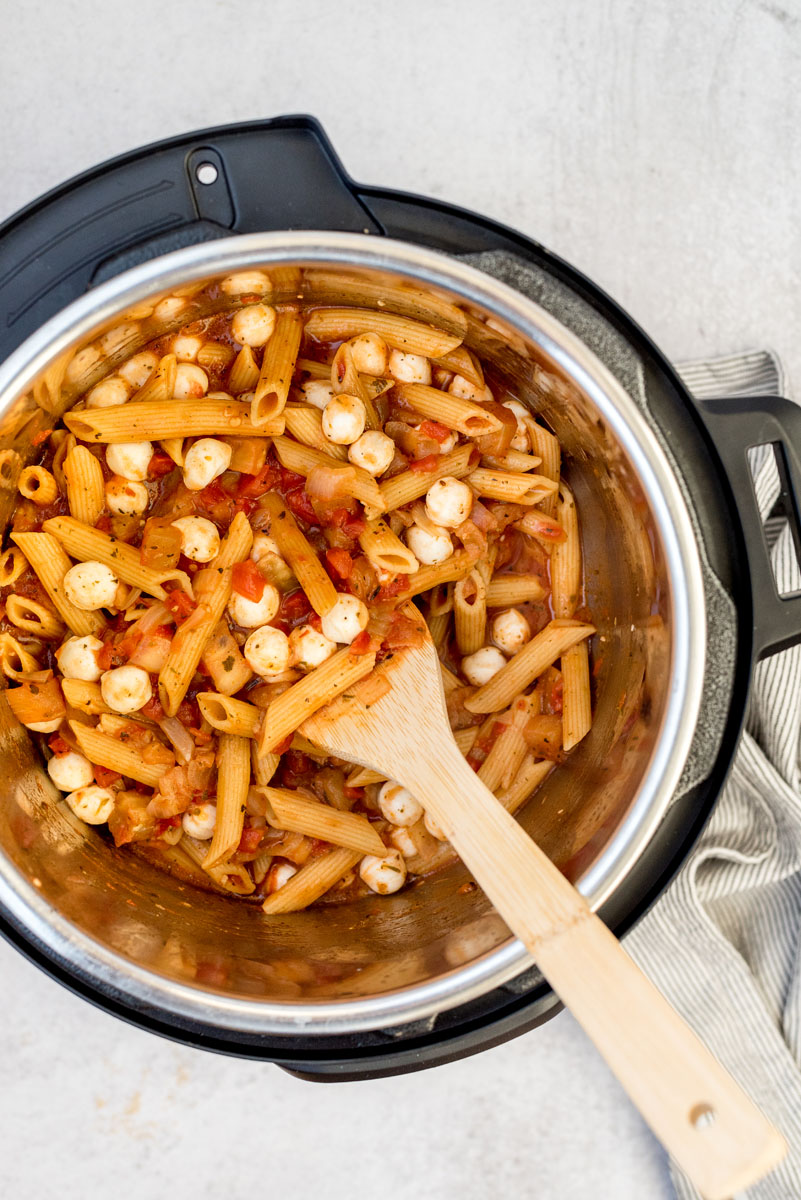
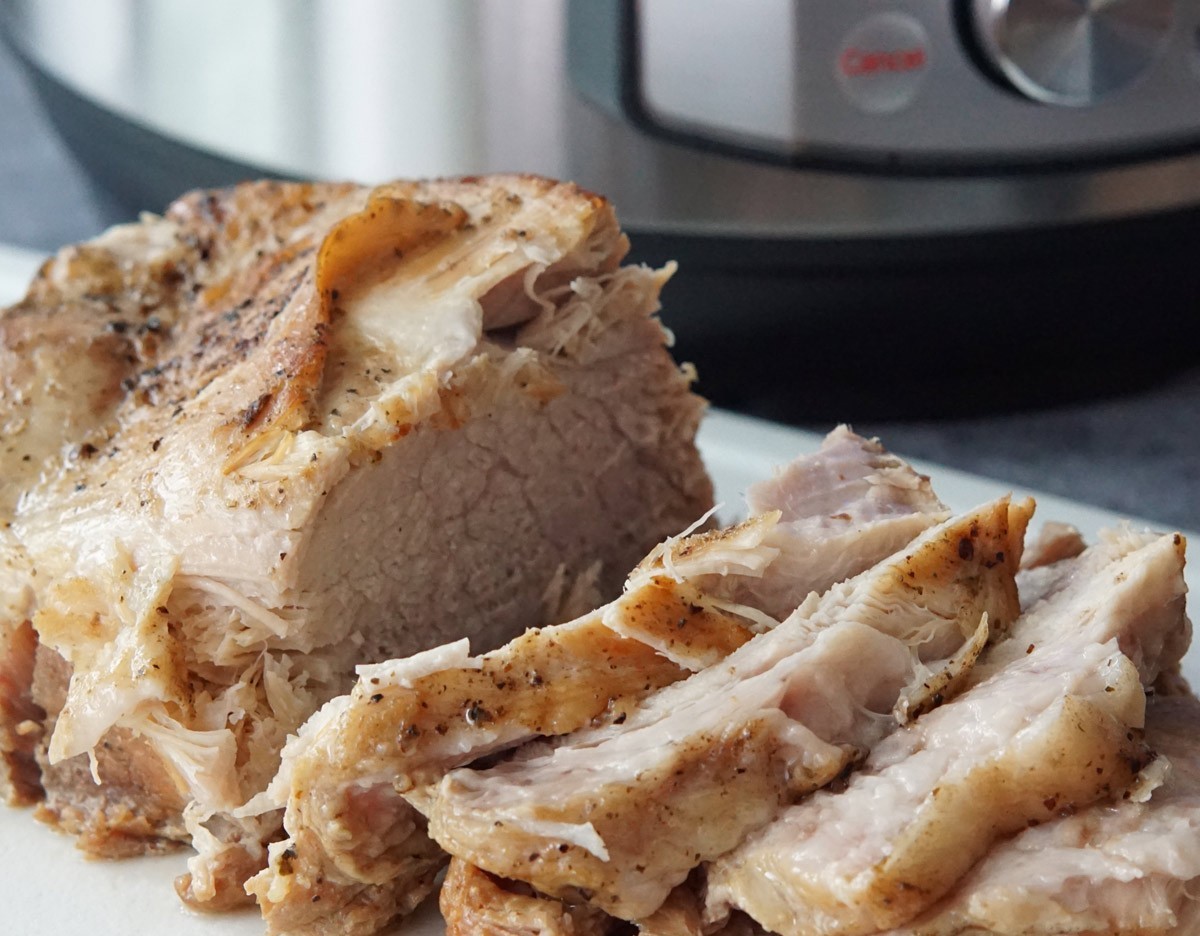
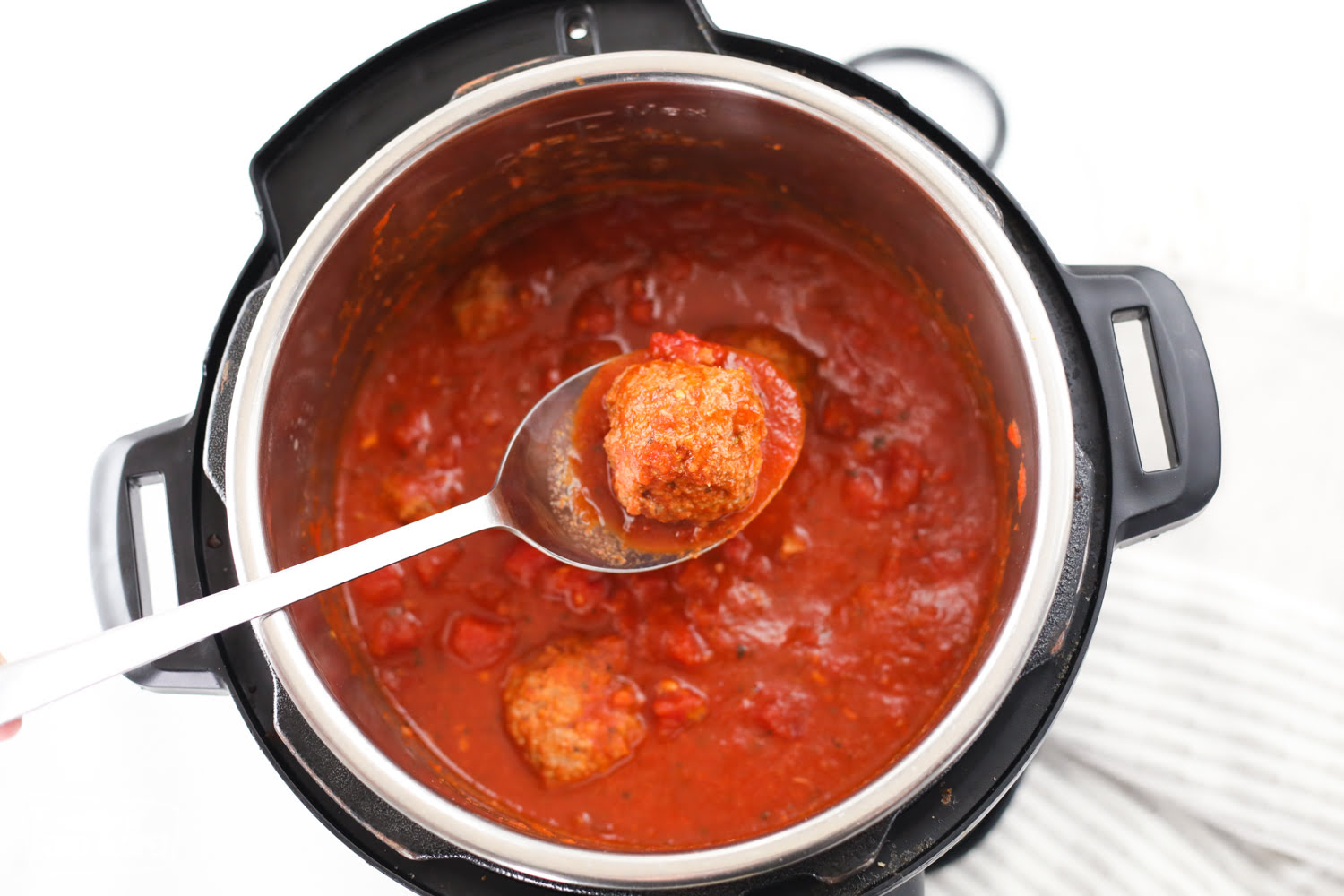
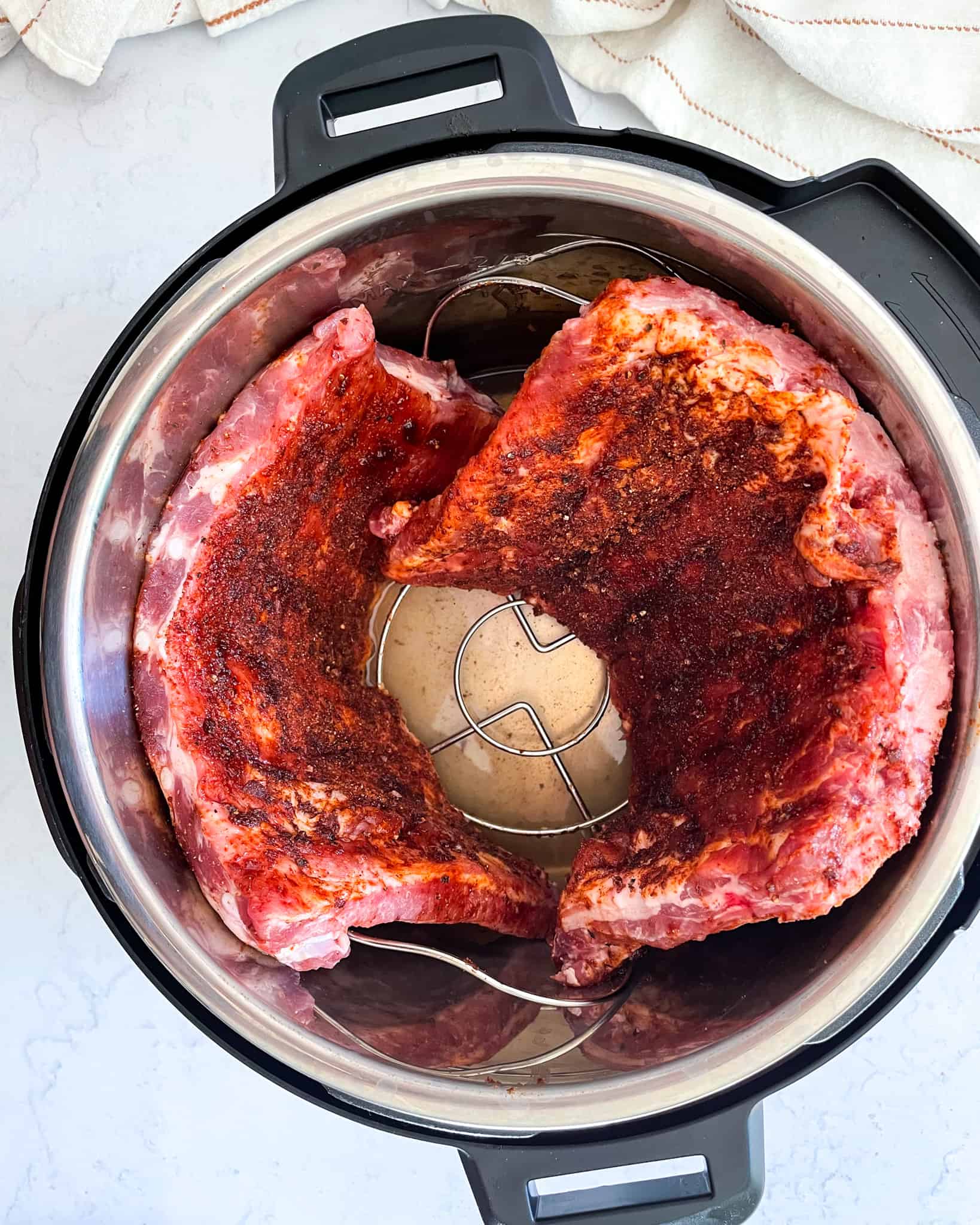
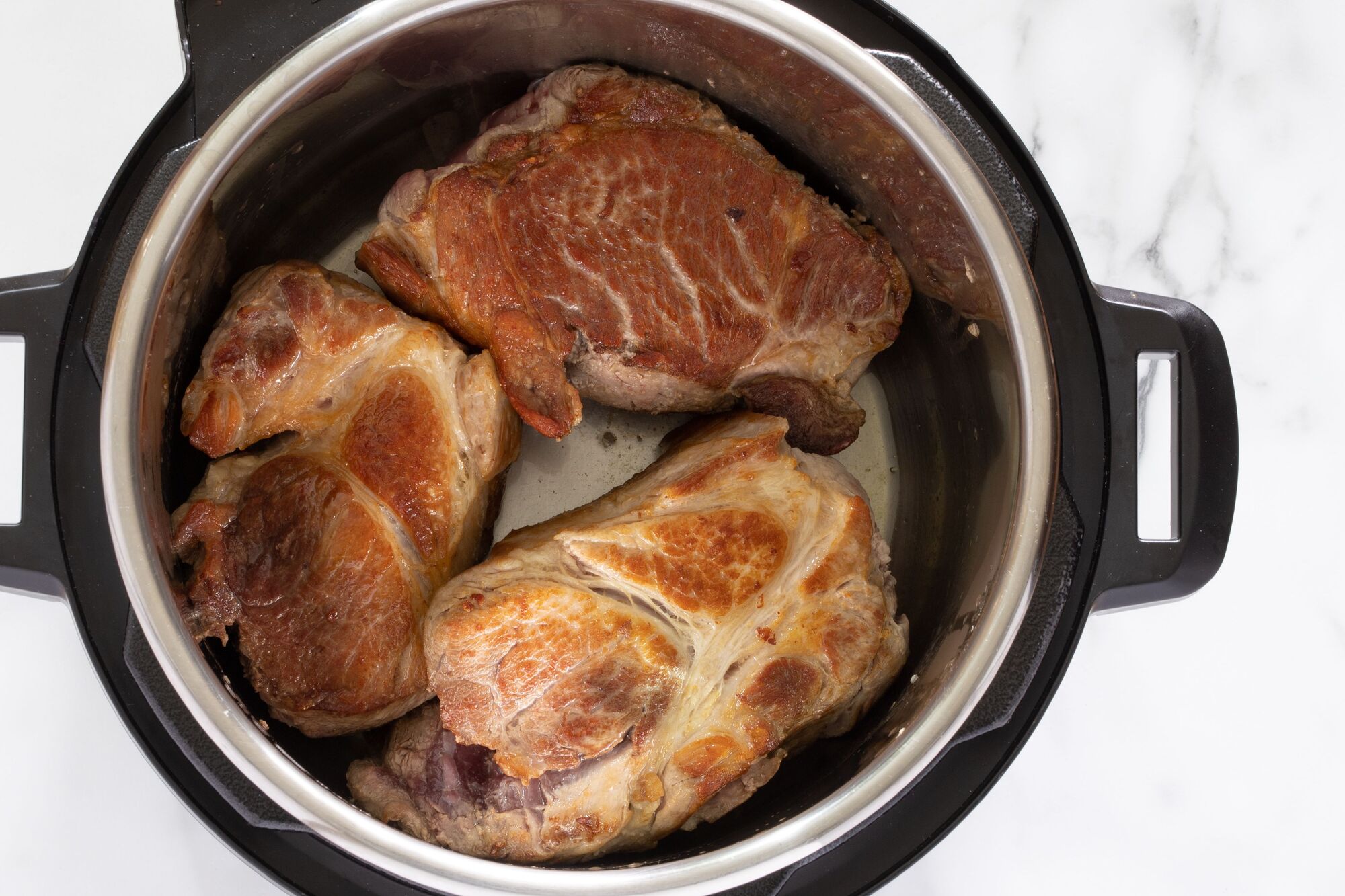
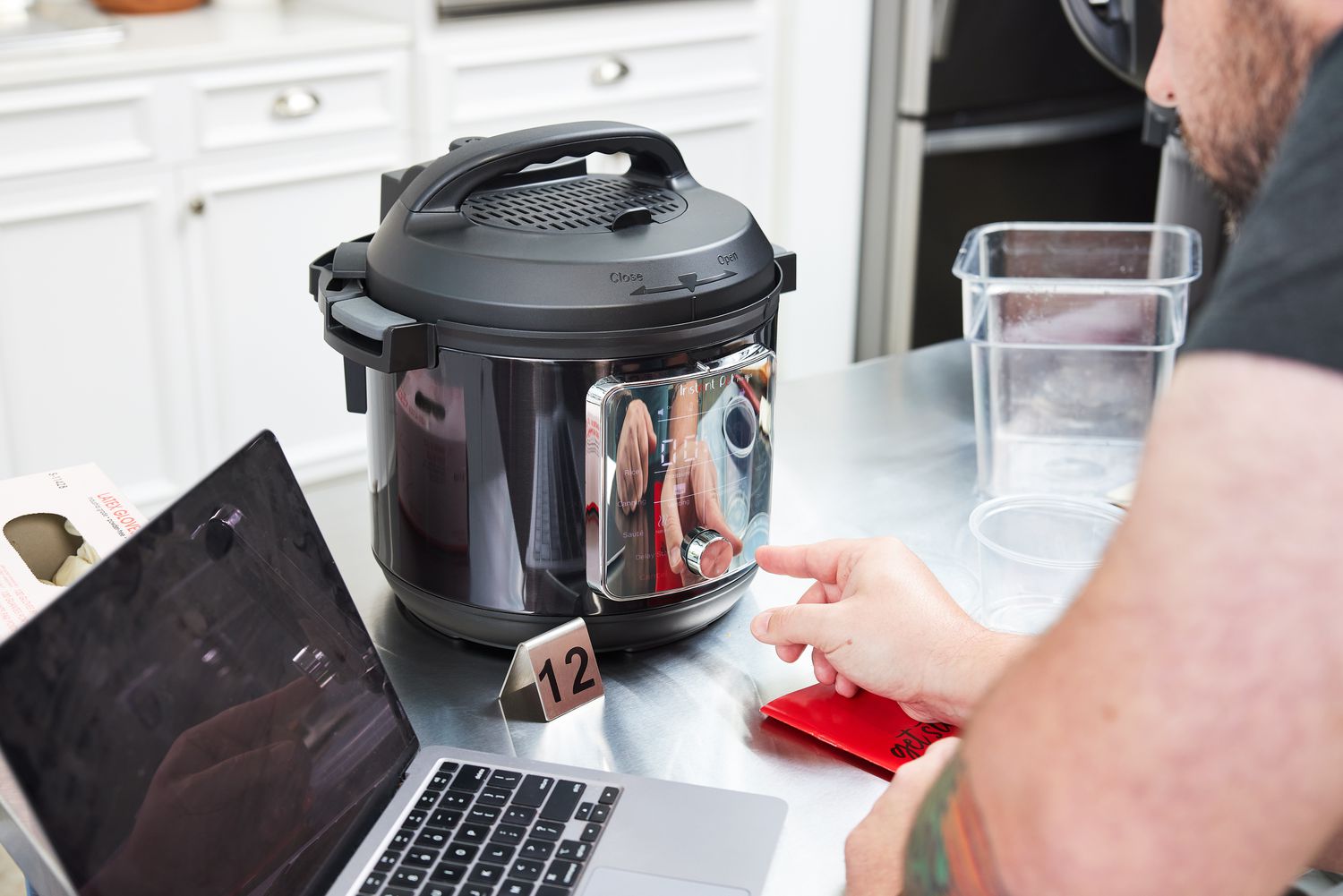
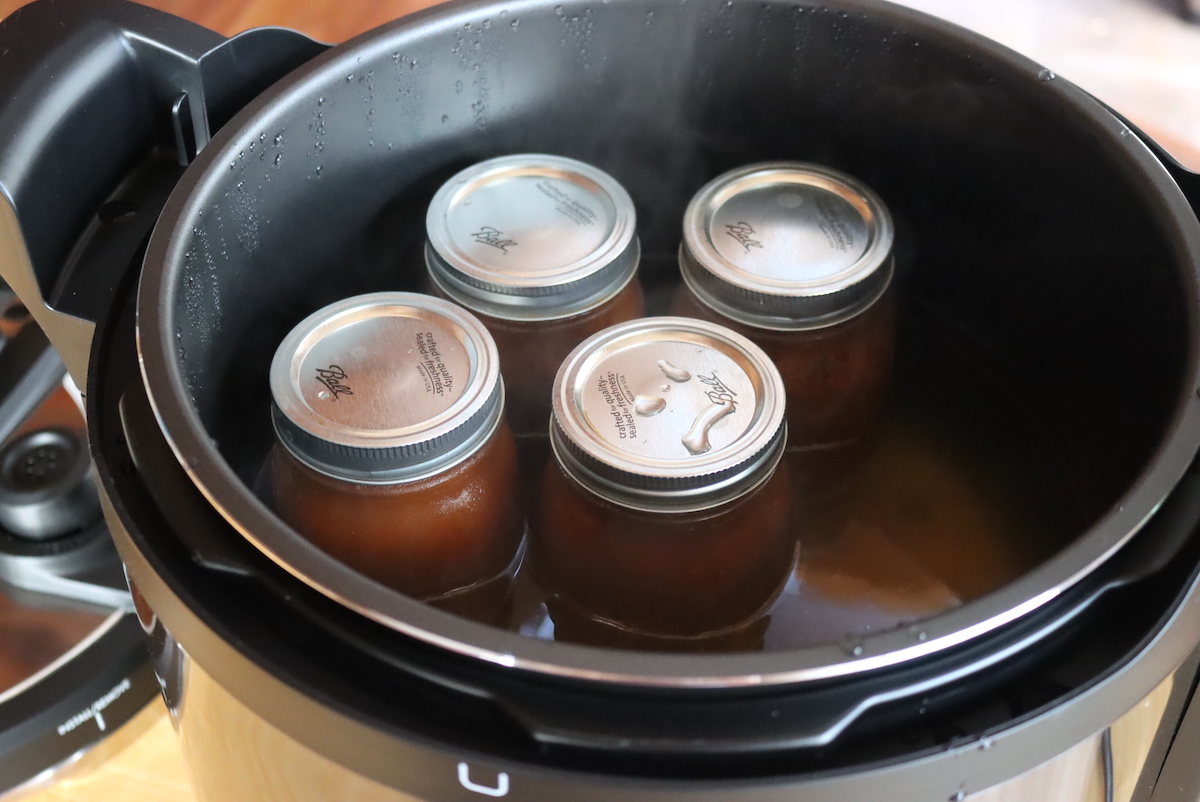
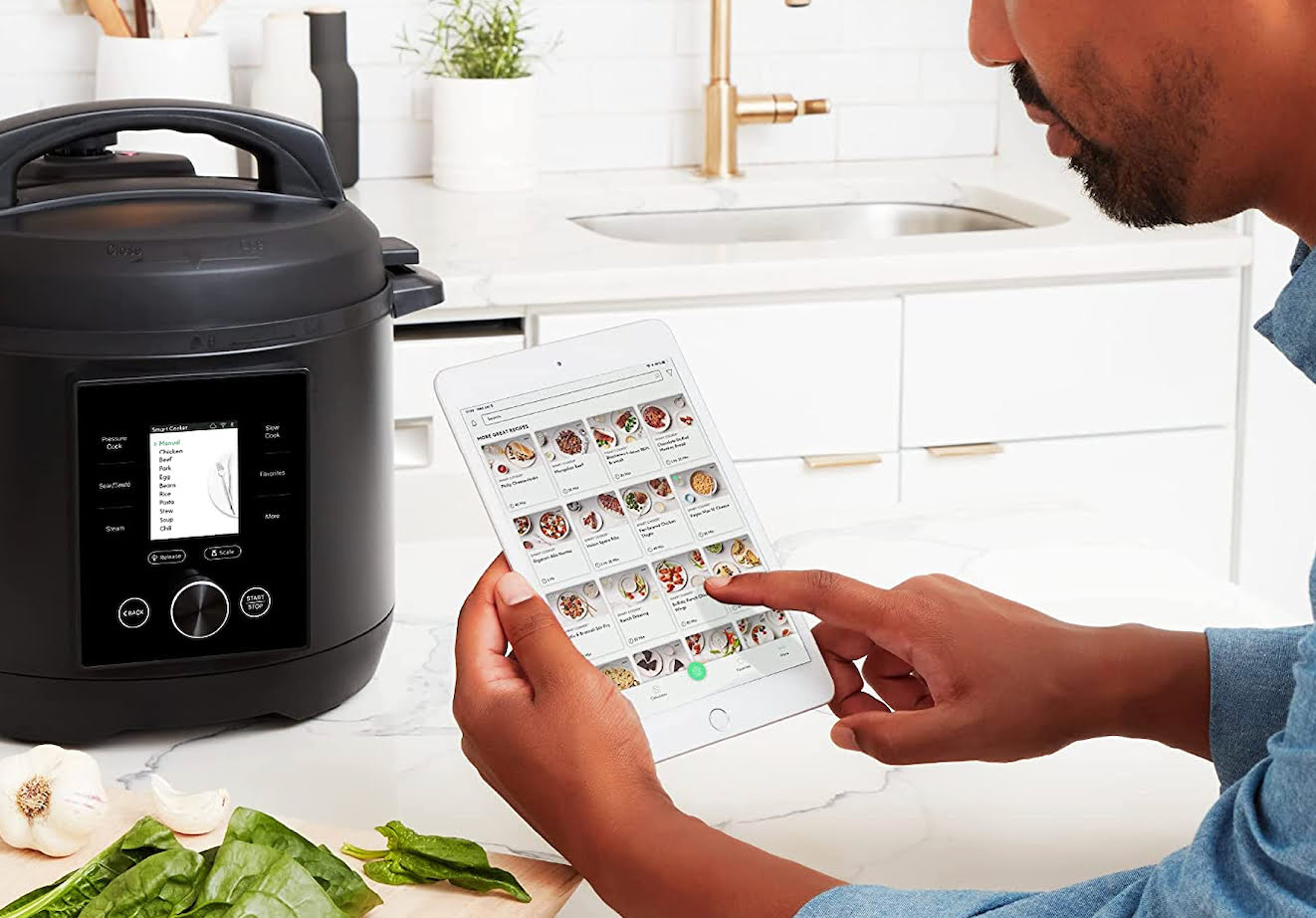
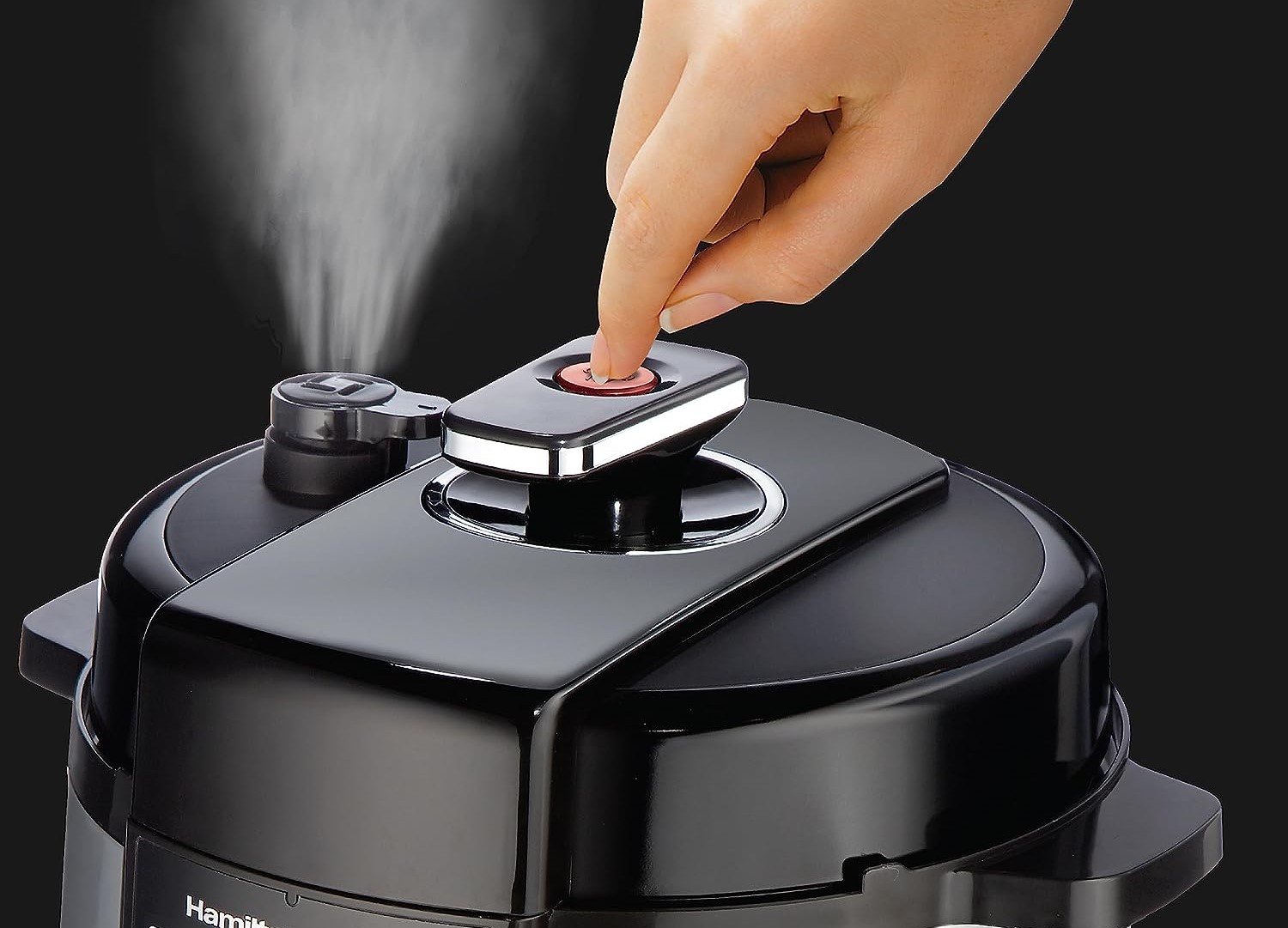

0 thoughts on “How Long To Cook Soups In Electric Pressure Cooker”